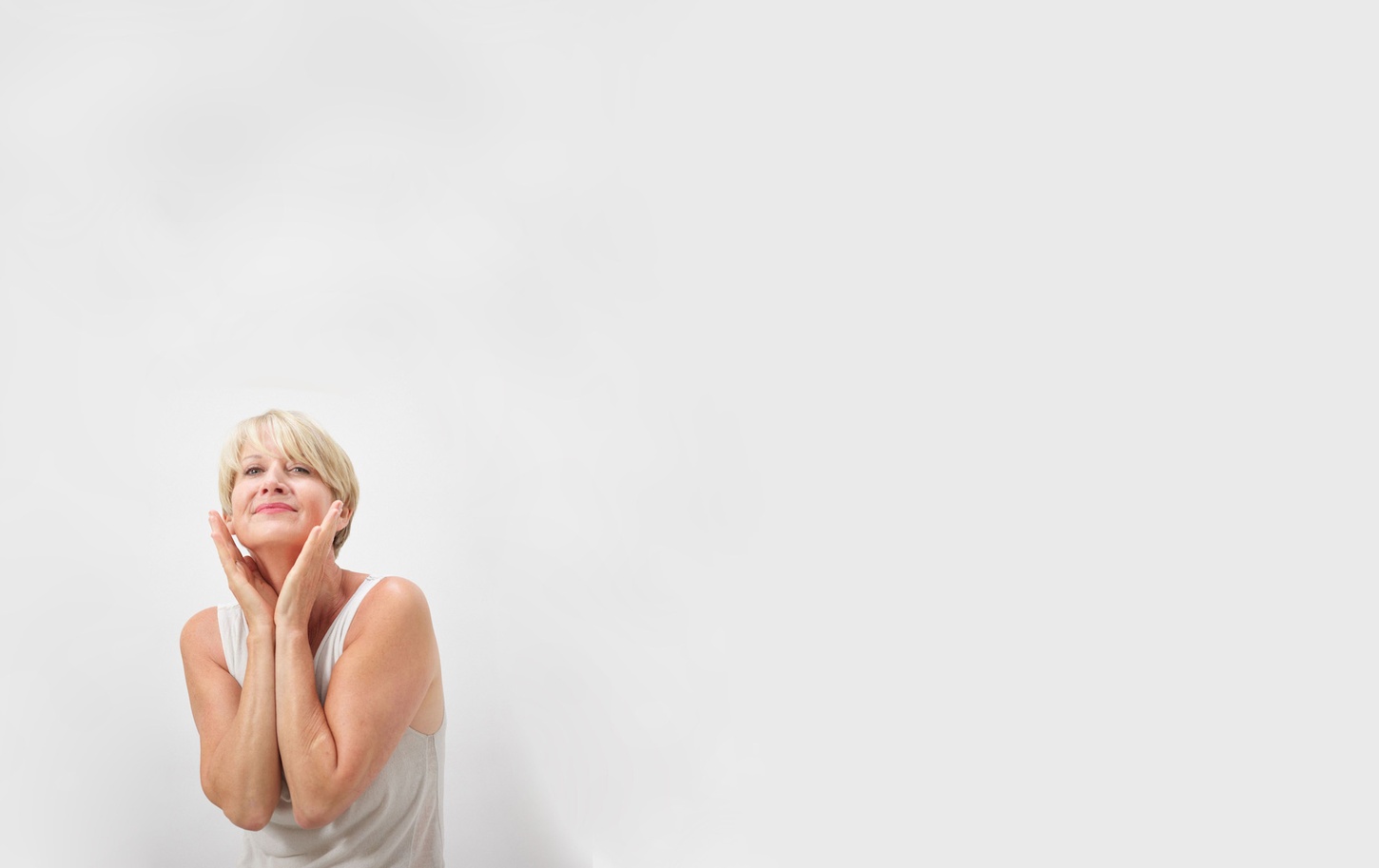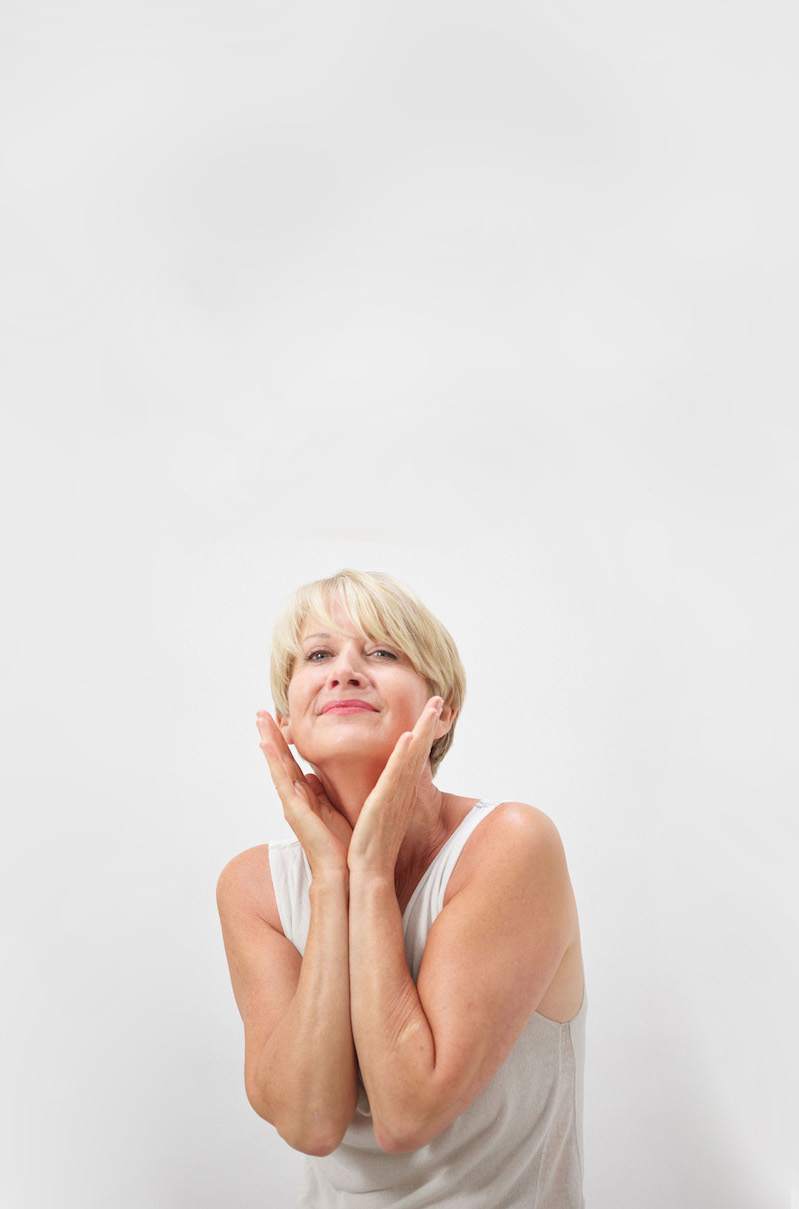Facial lines are caused by the repeated use of the underlying facial muscles which over time results in a permanent crease or wrinkle. As an alternative to surgery or to maintain the effects of surgery it is possible to reduce these lines by relaxing the action of the underlying muscle using botulinum (Botox). Where Botox is injected, it relaxes the facial movements which result in wrinkling. This gives a smoother, more rested appearance to the face. Botox also has a preventative effect when used repeatedly to reduce the onset of wrinkles forming in the long term. To achieve the best results Botox is injected to a level which does not cause complete freezing of the muscles but relaxes them so that some movement is still possible.
Dr Grover has a particular interest in Botox injections and performs all non-surgical treatments himself and does not delegate any of these to a nurse. He enjoys looking after his patients individually. He was the lead clinician in the UK coordinating the international multicentre trial on safe dosage of Botulinum toxin which lead to it being awarded its license for cosmetic use in Europe and the United Kingdom. Rajiv has also carried out original research that shows that the preventative use of Botox reduces long term ageing in the forehead and brow, therefore reducing the need for a surgical browlift later.

